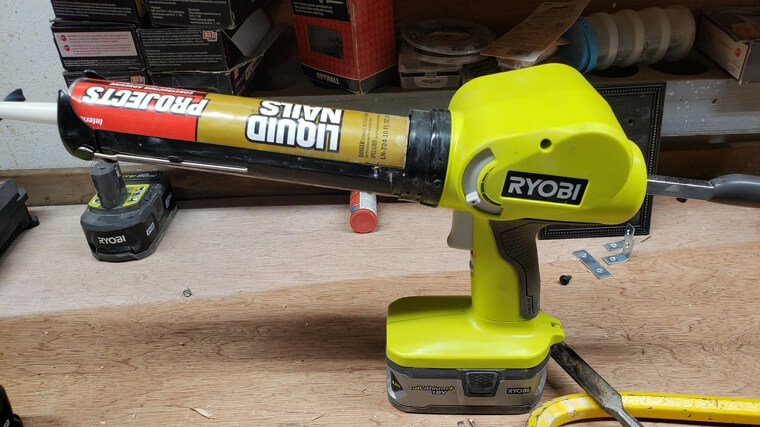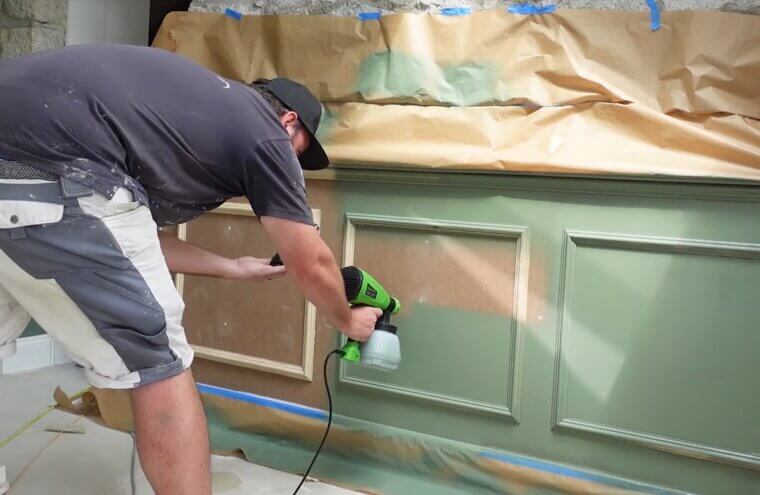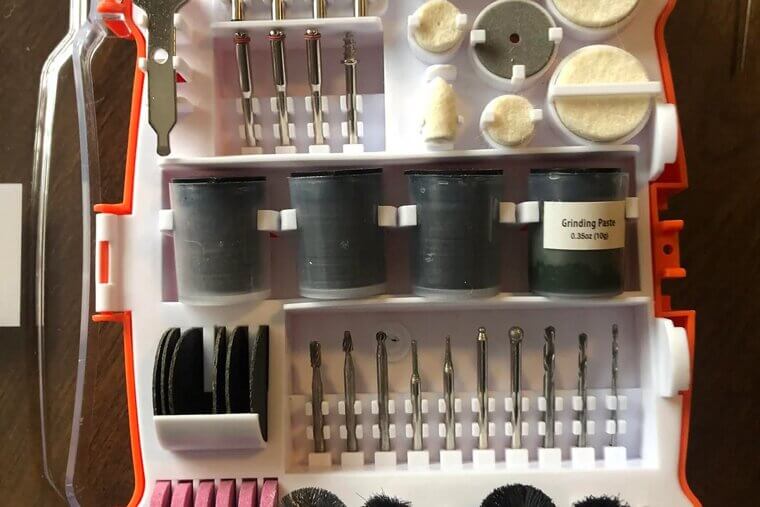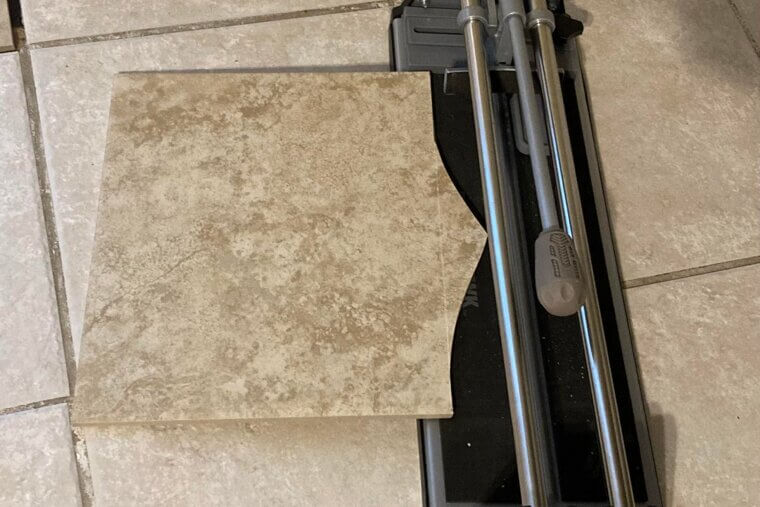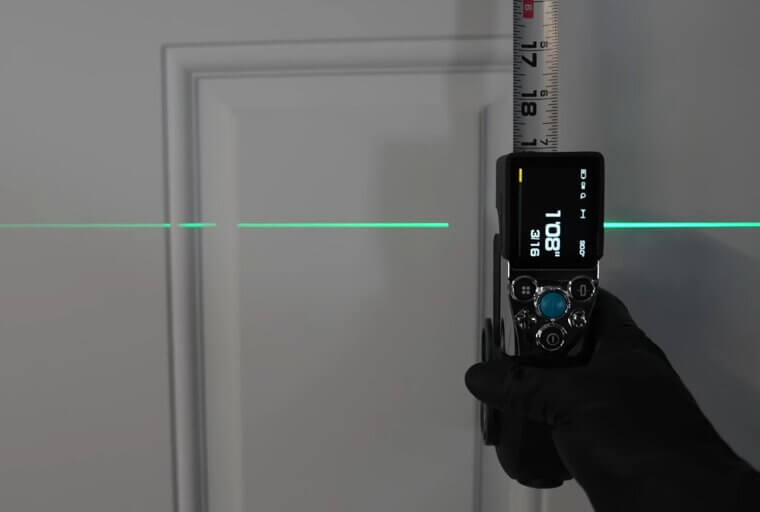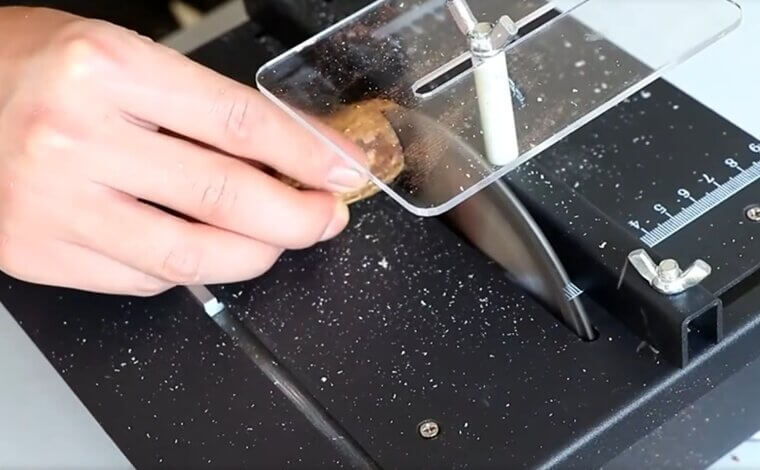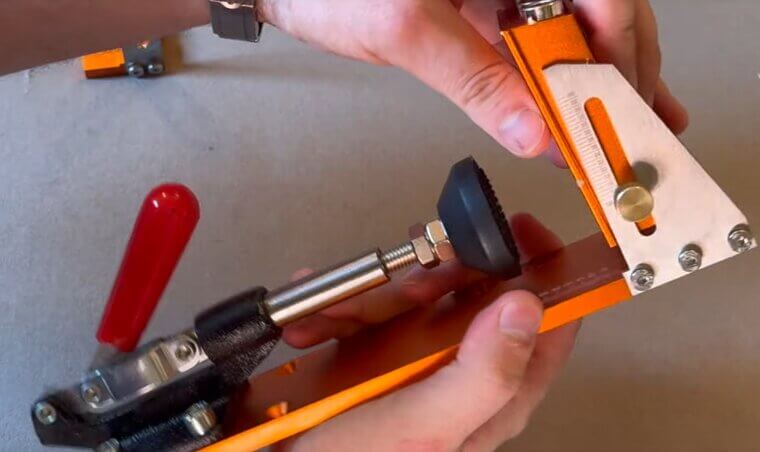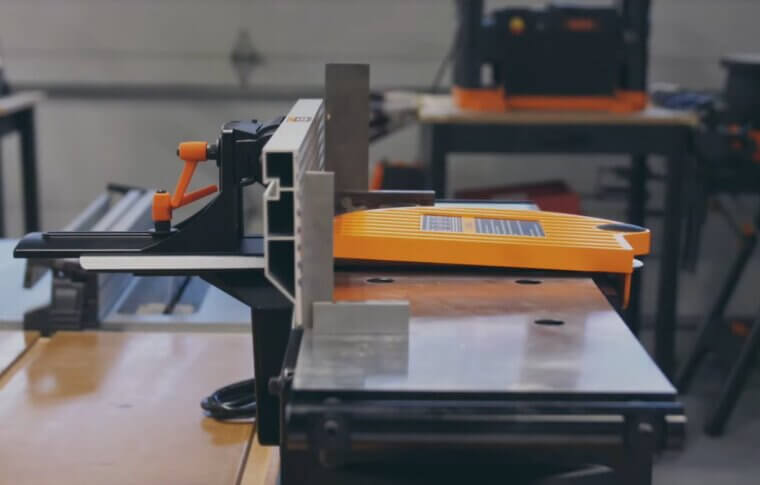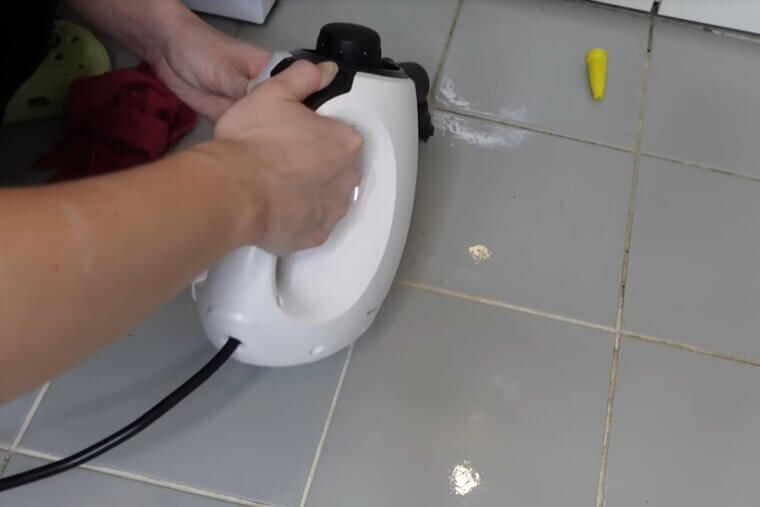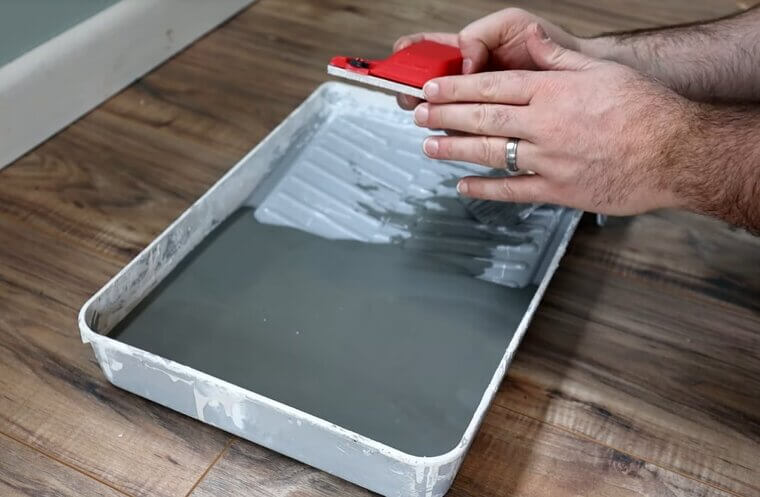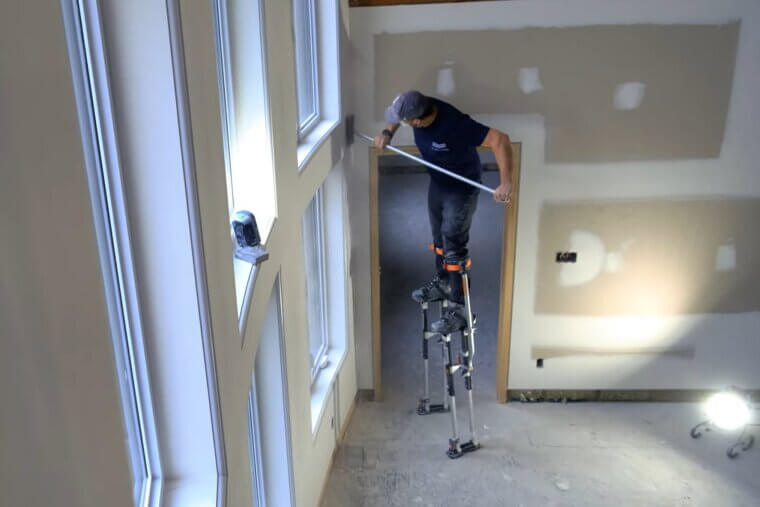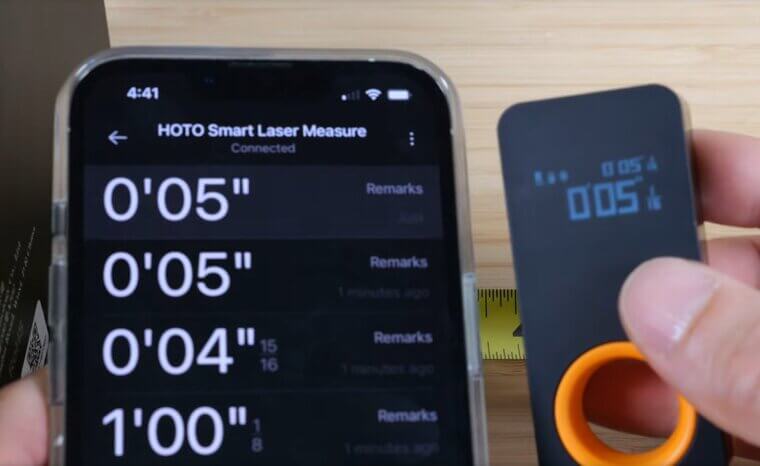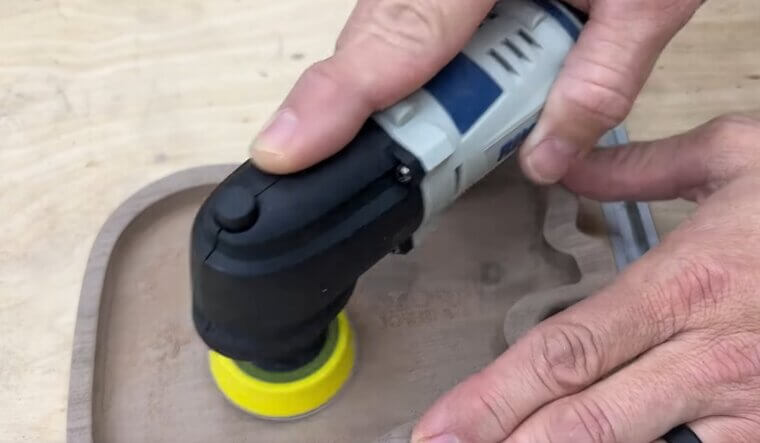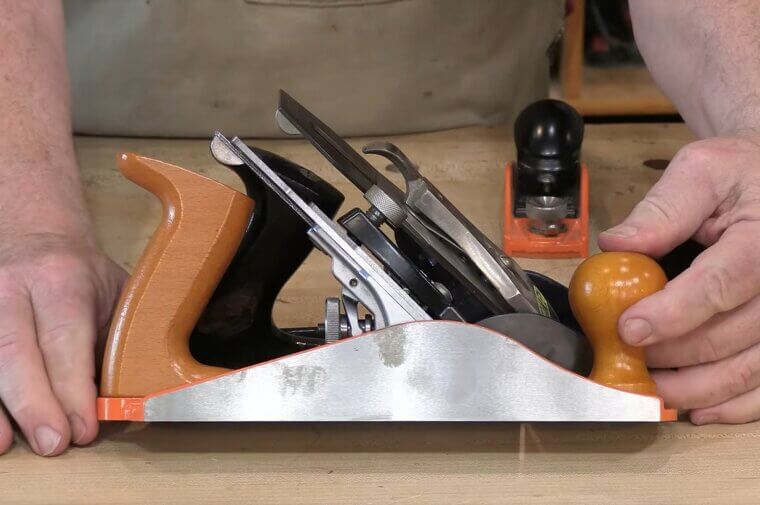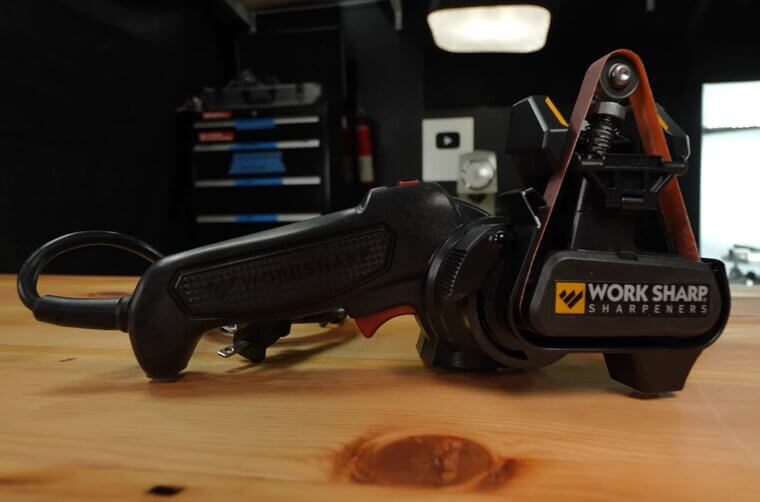Read This List Before Starting a New DIY Project
DIY can be a great way to save money - until you buy a tool that’s more trouble than it’s worth. Maybe it’s poorly made, rarely used, or just too complicated for a beginner DIYer. These 35 tools left a lot of people wishing they’d saved their money with older but more reliable models.
From confusing gadgets that gather dust to flashy devices that break after a few uses, these purchases became instant regrets for frustrated DIY enthusiasts everywhere.
Laser Levels
They look so cool in the store, but then you realize they’re hard to set up and not always accurate. You think you’re getting perfect lines as advertised, but then your shelf ends up crooked anyway. Not good! Most people end up just using their old bubble level instead. What seems like a shortcut often turns into a headache and wasted time.
Many DIYers report that laser levels are overly sensitive to slight movements or uneven surfaces, making them frustrating to work with.
Electric Paint Sprayers
Some people find spraying very fun, and they think an electric paint sprayer will add to that fun. Nope! They clog constantly, overspray like crazy, and take forever to clean. If your paint isn’t thinned just right, which is hard to do for a beginner, you end up with a messy disaster. Many users also complain about uneven coverage, drips, and splatters that ruin the finish.
What should be a time-saving tool often turns into more prep, more cleanup, and more frustration overall.
Rotary Tools With Attachments
These tools advertise cutting, sanding, carving, etc., all in one handy device. But then it’s not so handy, because you probably had tools that could do all that already. Most folks end up using just one or two attachments and regret the expensive purchase. Plus, the attachments can be flimsy, wear out quickly, or break under pressure.
Switching between them is often more hassle than it’s worth, leaving many DIYers wishing they had stuck with their basic, reliable single-purpose tools instead.
Tile Cutters
A tile cutter might be worth it if you’re planning to remodel your whole bathroom, but bear in mind many people report back that they tend to crack tiles. To be honest, the best option is probably to rent one if you have a big project. Many DIYers also mention that cheaper models are especially unreliable, requiring extra force and precision to avoid chipping.
Unless you’re an experienced hand, you might end up wasting both time and materials trying to get clean cuts.
Cordless Hot Glue Guns
People who’ve tried these find them massively inferior to the corded versions. According to them, the cordless hot glue guns don’t get hot enough to do the job, and the batteries die really quickly. Best to buy a corded one if you're embarking on a new DIY project. Many users also mention that the glue cools too fast between applications, making it difficult to work efficiently.
In the end, the promised convenience of cordless operation often leads to frustration and disappointing project results.
Cheap Stud Finders
You’d think these would be foolproof, right? Just beep when there’s a stud? But nope — cheap ones go off randomly, and others miss the mark completely. You end up poking ten holes in the wall for nothing. If there’s one thing you should really shell out on for a DIY project, make it a stud finder.
Many frustrated users say they wasted time patching unnecessary holes, wishing they’d invested in a higher-quality model that actually delivers reliable results.
Oscillating Multi-Tools
They’re supposed to be the Swiss Army knife of power tools, but most people find them awkward and not suitable for the job. They’re really noisy, as well. People buy them for a project, use them once, and then they sit around gathering dust in the garage. Many users also note that the blades and attachments wear out surprisingly fast, making the tool even less practical.
What seems like a versatile solution often turns out to be an overpriced, underused gimmick.
Digital Tape Measures
A digital tape measure sounds high-tech and handy until you realize a regular tape measure is faster and more accurate. The screen lags, the battery dies, and half the time you’re not sure it’s even working right. If a product feels like a ploy to take your money, it probably is. Sometimes, simplicity really does win over flashy digital promises every time.
Many DIYers end up frustrated by the unnecessary complexity and go back to their trusty old manual tape.
Mini Table Saws
These are one of those tools people buy thinking they’ll do everything, and then immediately regret it when they can’t cut a straight line. Some people report back that they can barely even get through an average piece of wood with a mini table saw. Many users also mention that the motors are underpowered, causing the blade to stall or struggle mid-cut.
Instead of making projects easier, these saws often turn simple tasks into frustrating, uneven, and time-consuming efforts.
Pocket Hole Jigs
They sound smart for making strong joints in furniture… but unless you’re building cabinets every weekend, they’re kind of a waste. You’ll use it once, maybe twice, and then wonder why you didn’t just use some wood glue and clamps like everyone else. Many DIYers also find the setup surprisingly finicky, especially for beginners, with a learning curve that feels unnecessary for small projects.
In the end, it’s often overkill for casual use and takes up precious workshop space.
Electric Screwdrivers
They sound convenient, but they’re usually too slow and weak to be useful. You’ll struggle with anything tougher than a kitchen drawer, and the battery always dies when you need it most. Best to save your money and stick with a regular screwdriver. Many users also mention that the torque is disappointing, making it hard to get screws fully tightened or loosened.
What’s meant to save time often leads to extra hassle, and people quickly realize manual tools are still more reliable.
Benchtop Jointers
These look super professional, but unless you’re a serious woodworker, it’s just a loud, space-hogging monster. They’re tricky to use right, especially if you’re a beginner, and scary if you don’t know what you’re doing. Many DIYers also find that benchtop jointers require frequent adjustments to keep cuts precise, adding even more frustration. Without proper experience, you risk damaging your materials or even hurting yourself.
For most casual projects, they’re simply overkill and end up gathering dust in the workshop.
Handheld Steam Cleaners
These little guys promise to blast away grime, but most just splat out lukewarm water after a minute or two, leaving you to wonder exactly what you just spent your money on. A lot of people give up and go back to cleaning the old-fashioned way. Users also report that the small water tanks run out quickly, requiring constant refills.
Add in long heat-up times and weak pressure, and it’s easy to see why these gadgets often end up in storage.
Paint Edgers
They’re supposed to give you crisp lines without painter’s tape, but many people have said they just don’t work that well. One misstep and you’ve got paint all over the ceiling. Plus, they’re messy to clean and don’t do well on textured walls. Many DIYers also mention that the wheels or pads wear out quickly, making the tool even less precise over time.
What seems like a clever shortcut often creates extra cleanup and frustration instead of saving time.
Magnetic Wristbands for Screws
A cool idea that just doesn’t work as well as you’d hope. Either the magnet’s too weak or the screws constantly fall off when you move your arm. Worse, it can scratch surfaces or get caught on sleeves. Still better than holding screws in your mouth though, admittedly. In the end, a small parts tray often works better.
Many users also complain that the wristbands feel bulky or uncomfortable after a while, making them more annoying than helpful.
Angle Grinders
They’re powerful, but also kind of terrifying if you’ve never used one. Sparks flying, blade spinning, lots of noise… and a high chance of accident if you’re still a beginner DIYer. So consider that unless you’re cutting metal or masonry, you probably don’t need one at all. For most home projects, safer and simpler tools work just as well.
Many people also find them awkward to handle, especially in tight spaces, and the cost of replacement discs adds up.
Power Caulking Guns
Advertisements make these seem like a must-have power tool, but in truth they’re heavy, clunky, and harder to control than a regular caulk gun. Unless you’re caulking for a living and are easily able to get to grips with new tools, the manual kind works just fine. For occasional home projects, simpler tools often deliver cleaner, more precise results.
Many DIYers also report that power caulking guns tend to dispense too much product too quickly, leading to messy, uneven lines.
Circular Saws With Laser Guides
Lasers are cool, right? Some people will buy anything that has a laser on it, and not realize their mistake until later on. On cheaper saws, the laser is sometimes out of alignment anyway. It’s best to avoid these things altogether. Many DIYers also mention that relying on the laser can give a false sense of accuracy, leading to crooked cuts.
Traditional saw guides or careful measurements tend to deliver better, more reliable results in the long run.
Infrared Thermometer
These are fun to play with at first, just point and click to see temperatures! But after you’ve checked your walls, floors, and maybe your spouse, the novelty wears off. Most people use it a few times, then forget they even own it. Many users also realize that for most household projects, an infrared thermometer isn’t actually that useful or necessary.
It often ends up tossed in a drawer, gathering dust alongside other “fun but pointless” gadgets.
Workbenches With Built-In Power Strips
This sounds like a great idea when embarking on a new DIY project — until the outlets stop working. Many of these benches are cheaply made, and once the power strip fails, you’re left with a wobbly table and fewer outlets than before. Don’t waste your money! Users also mention that the built-in strips are often poorly positioned, making it awkward to plug in larger tools.
A sturdy workbench with a separate extension cord is usually the smarter, more reliable choice.
Drywall Stilts
Sure, they seem like a clever way to reach the ceiling, but balancing on them is no joke. One wrong step and you’re most likely headed for the ER. What’s wrong with a good old-fashioned ladder? It’s safer. Many DIYers also point out that drywall stilts require practice to use properly, and without experience, they’re more trouble than they’re worth.
For occasional ceiling work, sticking to stable, traditional equipment is the far less risky option every time.
Automatic Wire Strippers
They’re supposed to make wire stripping a lot easier, but cheap ones either nick the wires or don’t grip at all. If you’re doing a ton of electrical work, maybe it’s worth it, but chances are you’ll stash it away in frustration after about a day. Many users also mention that the adjustment mechanisms can be finicky, requiring constant tinkering.
For most small DIY tasks, a basic manual wire stripper is more dependable and gives you better control.
Bluetooth Smart Measuring Tools
Not everything needs to be “smart.” With these, the apps glitch, the Bluetooth drops out, and half the time you’re fiddling with your phone instead of actually measuring. It’s more frustrating than it has any right to be. Most DIYers just go back to a regular tape measure. Sometimes, old-school tools really are the better, faster, and more reliable option.
Many users also report connection delays and poor battery life, turning a simple task into an unnecessary tech headache.
Flexible Shaft Drill Extensions
People who have used these report that they twist, wobble, and snap a lot. They’re something people buy thinking they’re the next big thing in DIY, and end up disappointed. As with all the tools on this list, you should think of borrowing some to try them out before actually buying them. In most cases, a right-angle attachment works far better and lasts longer.
Many users also mention that they don’t provide enough torque for tougher jobs, making them practically useless.
Tool Sets With Hundreds of Pieces
These giant kits look like great value, but most of the tools are in there just for filler and the quality is usually average at best. Most folks realize later that they’ve been more or less ripped off, and that they should’ve bought a few good tools instead. Many DIYers report that the smaller pieces break easily or don’t fit properly, leading to frustration.
In the end, investing in individual, high-quality tools often saves both money and headaches.
Manual Impact Drivers
They sound and look tough and cool, but if you don’t know how to use one properly, it’s just a heavy screwdriver you hit with a hammer. Most people use it once, mess something up, and put it away forever. Many DIYers also find that manual impact drivers are overkill for typical home projects, where a regular screwdriver or powered driver works better.
Without proper technique, they often cause more damage than good, leaving users frustrated and disappointed.
Cordless Circular Saws
A cordless circular saw seems great at first, and then you realize how quick the battery runs out. Plus, they’re just not as powerful as the corded versions. Many people buy them for a big project and soon realize they’ve made an expensive mistake. Users also mention that replacement batteries are costly, and charging interruptions slow everything down.
For heavy-duty tasks, the lack of consistent power can be a real drawback, making corded saws the more reliable choice in the long run.
Caulking Tools With Multiple Tips
These just aren’t worth it. They’re hard to clean, they gum up fast, and they rarely improve your results. Most people try a few, get frustrated, and just use a finger or a spoon for their caulking like everyone else. Many DIYers also note that the tips often don’t fit properly or fall off mid-use, making the job even messier.
In the end, simple tools — or even household items — usually deliver better, cleaner results with far less hassle.
Mini Electric Sanders
They’re cute, they’re compact… and they run out of steam fast. You’ll end up fighting to get decent results on anything bigger than a picture frame. Most people figure out it’s not much better than a sanding block, and way more annoying. Users also report that the sanding pads wear out quickly or don’t stay attached properly, adding to the frustration.
For larger or more serious projects, a full-size sander or manual sanding often proves far more effective and reliable.
Nail Guns
So, so many people have had to go to the ER because of nail guns. It’s so easy to get injured by them, but that’s not all: the cordless ones run out of battery fast and they’re complicated to use. Most folks use it once, get frustrated (or afraid), and go back to a regular hammer.
Many DIYers also mention that loading the nails can be tricky, and jams are common. For most home projects, a hammer remains the simpler, safer choice.
Cheap Heat Guns
They’re useful for certain jobs — stripping paint or thawing pipes — but the cheaper models often overheat or break. Worse, they can be a fire hazard if left unattended. Are they really worth the money? Many DIYers also complain that cheap heat guns offer poor temperature control, uneven airflow, and weak performance, making it easy to scorch surfaces or damage materials.
In many cases, people end up replacing them quickly or switching to safer alternatives, realizing they should’ve invested wisely from the start.
Electric Staple Guns
People buy these for upholstery projects, but soon find that they jam constantly and often don’t drive staples all the way in, especially on tougher materials. After a few mangled staples, most people go back to a manual version. Many users also report that the trigger can be awkward to control, leading to uneven spacing or misfires.
Instead of making the job easier, electric staple guns often add frustration, leaving DIYers wondering why they didn’t stick with the simpler option.
Hand Planers
You might have used these in shop class when you were a kid. They look and feel satisfying to use, but without practice, it’s easy to gouge the wood or make uneven cuts. For most DIYers, hand planers end up being more frustrating than anything else. Many users also note that keeping the blade sharp and properly adjusted is a constant challenge.
Without skill and patience, this classic tool often leads to disappointing results and wasted materials.
DIY Tool Sharpeners
People are easily lured in by these. Turns out they’re often awkward to use, especially on oddly shaped blades, and they wear out quickly. Most folks find it’s easier (and safer) to take their tools to a professional instead. Many DIYers also mention that cheap sharpeners can damage blades by removing too much material or creating uneven edges.
What seems like a money-saving purchase often leads to frustration, wasted time, and sometimes even ruined tools that need replacing.
Chainsaws
Unless you’re clearing land or chopping trees regularly, a chainsaw is probably something you don’t need. They’re loud, heavy, and kind of scary if you’re not used to them. So many people have bought one for a project and regretted it later when it never comes out of the garage. For most homeowners, a handsaw or pruning tool is more practical.
Many DIYers also point out the maintenance hassle—keeping the chain sharp, refueling, and safely storing it adds extra work.

